Understanding Market Capitalization Across Leading Industries
Introduction
Market capitalization is a crucial metric in investing, representing the total value of a company’s outstanding shares. It helps investors assess financial stability, growth potential, and sector dominance. Industry-wide market capitalization plays a vital role in portfolio strategies, as different sectors exhibit varying risk levels and return potential. Technology, healthcare, and financial industries consistently rank among the highest in market capitalization, shaping global investment trends. Understanding these dominant sectors allows investors to optimize their portfolios and align with long-term market opportunities.
Technology Industry: Innovation and Market Dominance
The technology industry continues to lead global markets, driven by innovation in artificial intelligence, cloud computing, and semiconductors. Companies like Nvidia NVDA and Microsoft MSFT have achieved significant market capitalizations, reflecting investor confidence in their growth potential. The sector’s expansion is fueled by increasing demand for AI-driven solutions, cloud infrastructure, and semiconductor advancements, positioning technology stocks as key drivers of economic progress. Growth trends in artificial intelligence, cloud computing, and semiconductors are reshaping industries worldwide. Semiconductor manufacturers, including Intel INTC, are investing in next-generation chips to support AI applications and high-performance computing.
Technology stocks significantly influence global markets, shaping economic trends and investor sentiment. The sector’s performance often dictates broader market movements, with leading companies driving innovation and profitability. As AI, cloud computing, and semiconductor advancements continue to evolve, technology stocks remain central to investment strategies.
Sources:
Grand View Research
Fortune Business Insights
Healthcare Industry: Stability and Long-Term Growth
The healthcare industry remains one of the most stable and resilient sectors, driven by pharmaceutical giants and biotech leaders shaping medical advancements. Companies like Johnson & Johnson JNJ and Pfizer PFE maintain high market capitalizations due to their strong financials and consistent demand for healthcare products. Biotech firms, including Moderna MRNA, continue to innovate, developing breakthrough treatments that drive industry growth. Market capitalization trends in healthcare innovation highlight the industry's ability to adapt to technological advancements and demographic shifts.
The rise of precision medicine, AI-driven diagnostics, and gene therapy has fueled investment in healthcare stocks. Unlike cyclical industries, healthcare benefits from stable consumer spending, as medical treatments and pharmaceuticals are essential regardless of market conditions. Large-cap healthcare stocks provide reliable returns, while biotech firms offer high-growth opportunities.
Sources:
S&P Global
Thomas H. Lee Partners
Financial Industry: Banking, Insurance, and Investment Firms
The financial industry plays a crucial role in market capitalization rankings, encompassing banks, insurance companies, and investment firms that drive economic stability and growth. Large financial institutions, such as JPMorgan Chase JPM and Goldman Sachs GS, maintain significant market capitalizations due to their extensive global operations and diversified revenue streams. Interest rates and economic cycles heavily influence financial stocks, affecting lending, investment strategies, and profitability. When interest rates rise, banks benefit from higher net interest margins, increasing their earnings. Conversely, lower rates encourage borrowing and economic expansion but may compress profit margins for financial institutions. Economic downturns often lead to increased loan defaults, impacting financial sector stability.
Notable large-cap financial companies continue to shape the sector’s market capitalization. Firms like Bank of America BAC and Morgan Stanley MS lead in investment banking, wealth management, and consumer finance. Insurance giants such as Berkshire Hathaway BRK.B and Prudential Financial PRU contribute to sector diversity, offering risk management solutions and long-term financial security.
Sources:
Corporate Finance Institute Investopedia
Consumer Goods and Retail Industry: Market Leaders in Everyday Products
The consumer goods and retail industry is shaped by the balance between consumer staples and discretionary spending. Staples, such as household essentials and food products, maintain steady demand regardless of economic conditions, while discretionary items, including luxury goods and electronics, fluctuate based on consumer confidence. Companies like Procter & Gamble PG and Walmart WMT dominate the staples market, ensuring consistent revenue streams.
Meanwhile, discretionary retailers, such as Amazon AMZN, thrive during periods of economic expansion, benefiting from increased consumer spending. Market capitalization trends in retail and e-commerce giants highlight the industry’s evolving landscape. Traditional brick-and-mortar retailers have adapted to digital transformation, integrating e-commerce strategies to remain competitive. Companies like Target TGT and Costco COST have expanded online operations, leveraging omnichannel approaches to enhance customer engagement.
E-commerce leaders, including Shopify SHOP, continue to disrupt the industry, driving market capitalization growth through digital innovation and global reach. Economic conditions, technological advancements, and shifting demographics impact spending habits, driving demand for personalized shopping experiences. Retailers investing in AI-driven analytics and sustainable product offerings are gaining traction, aligning with evolving consumer expectations.
Sources:
Deloitte
EY
Energy Industry: Oil, Gas, and Renewable Investments
Commodity prices play a crucial role in determining market capitalization within the energy industry. Oil and gas companies experience valuation fluctuations based on global supply and demand, geopolitical events, and regulatory policies. Firms like ExxonMobil XOM and Chevron CVX have historically maintained strong market capitalizations due to their extensive reserves and production capabilities. The transition to renewable energy is reshaping the energy industry, impacting market capitalization distribution. As governments implement stricter climate policies and consumers demand cleaner energy solutions, traditional oil and gas companies are diversifying into renewables.
Companies such as NextEra Energy NEE and Brookfield Renewable Partners BEP are leading the shift, investing in wind, solar, and hydroelectric power.
Leading companies in traditional and clean energy markets continue to shape the industry’s investment landscape. Oil and gas giants maintain dominance, but renewable energy firms are expanding their influence. Companies like Shell SHEL are integrating sustainable initiatives alongside fossil fuel operations. Meanwhile, Tesla TSLA is driving innovation in clean energy storage and electric mobility.
Sources:
McKinsey
Chambers and Partners
Oil and Gas Report
Industrial and Manufacturing Industry: Infrastructure and Production Giants
The industrial and manufacturing industry plays a vital role in global economic stability, with major conglomerates driving infrastructure development and production efficiency. Companies like Caterpillar CAT and Honeywell International HON maintain high market capitalizations due to their extensive operations in construction, automation, and engineering solutions. Aerospace and defense firms, including RTX Corporation RTX, also contribute significantly to the industry’s valuation, reflecting strong demand for industrial innovation and large-scale manufacturing.
Disruptions in raw material availability, geopolitical tensions, and trade policies impact manufacturing efficiency and profitability. Companies with diversified supply chains, such as Deere & Company DE, mitigate risks by leveraging multiple sourcing strategies and advanced logistics networks. Notable companies driving industrial industry growth include GE Aerospace GE, Union Pacific UNP, and Eaton Corporation ETN. These firms lead in transportation, electrical equipment, and heavy machinery, shaping infrastructure development worldwide. As technological advancements enhance manufacturing capabilities, industrial stocks remain essential for portfolio diversification and economic expansion.
Sources:
Deloitte
S&P Global
Mordor Intelligence
Conclusion
Market capitalization plays a key role in identifying the most influential industries in global markets, shaping investment strategies and economic trends. Technology and healthcare continue to dominate due to innovation and resilience, while financial, consumer goods, energy, and industrial sectors contribute to economic stability and growth opportunities. Investors who understand industry-wide capitalization can optimize portfolio allocations, balancing exposure to defensive and high-growth assets. By analyzing market trends and sector dynamics, they can make informed decisions to maximize long-term financial success.
Expert Analysis: How Market Capitalization Defines Industry Strength
Evaluating Industry Dominance for Strategic Investment
Market capitalization is a crucial indicator of industry strength, reflecting investor confidence and economic trends. Technology and healthcare continue to lead due to innovation and stability, while financial and energy industries adjust to macroeconomic shifts. Understanding industry dominance helps investors refine strategies, ensuring balanced exposure to growth sectors and defensive assets for long-term portfolio success.
📌Read More About:
Top Large-Cap Stocks- https://stockbossup.com/pages/topics/large-cap
What Are Large US Cap Stocks?- https://stockbossup.com/pages/post/39045/understanding-large-us-cap-stocks-and-their-market-influence
How Many Large-Cap Stocks Are There- https://stockbossup.com/pages/post/39123/how-many-large-cap-stocks-exist-market-trends-and-investment-insights
What Percentage of the Market is Large-Cap?- https://stockbossup.com/pages/post/39124/what-percentage-of-the-stock-market-is-large-cap-market-breakdown-and-investment-insights
What Sectors Are Represented in Large-Cap?- https://stockbossup.com/pages/post/39155/sector-representation-in-large-cap-stocks-a-comprehensive-breakdown
What Are the Largest Market Cap Sectors?- https://stockbossup.com/pages/post/39159/largest-market-cap-sectors-key-industries-driving-global-investment
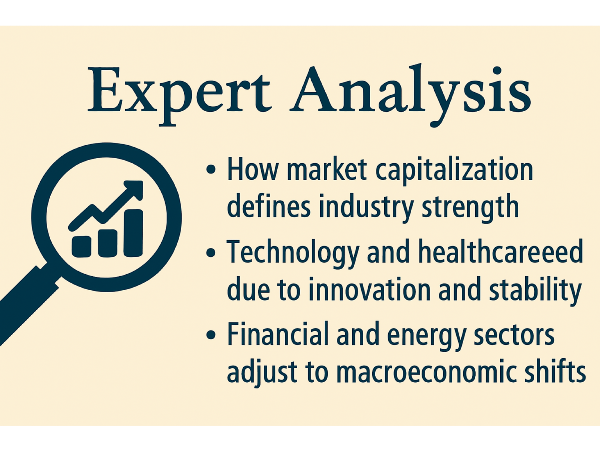

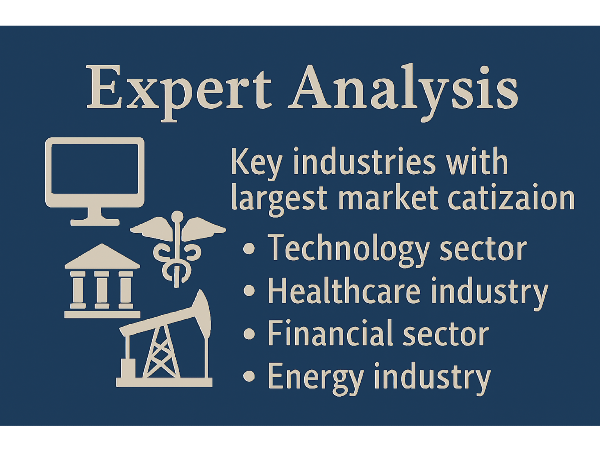
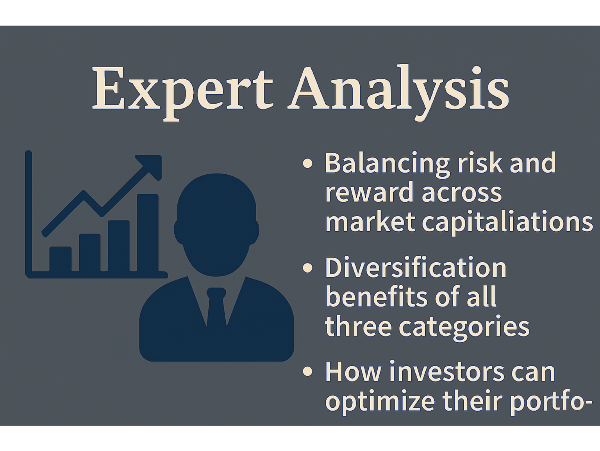
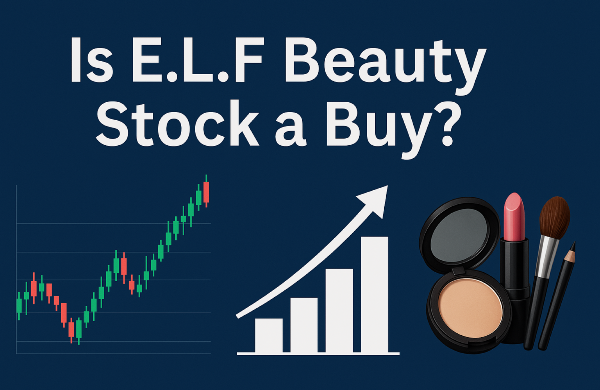
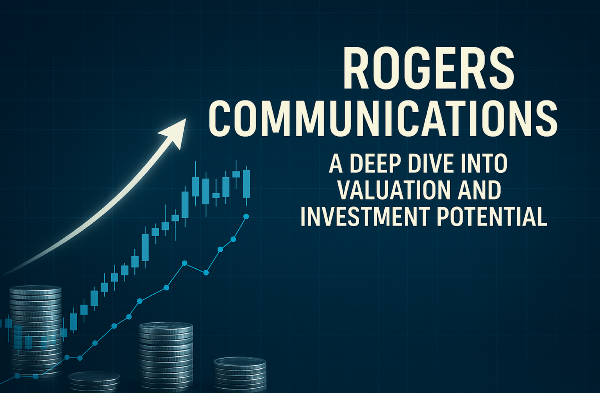
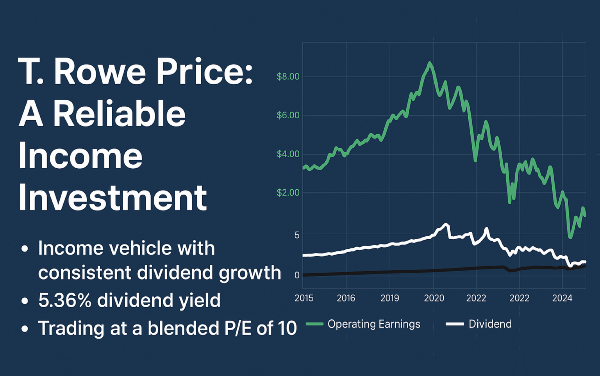
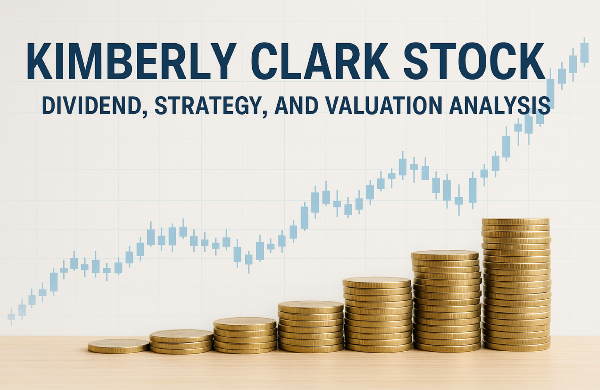

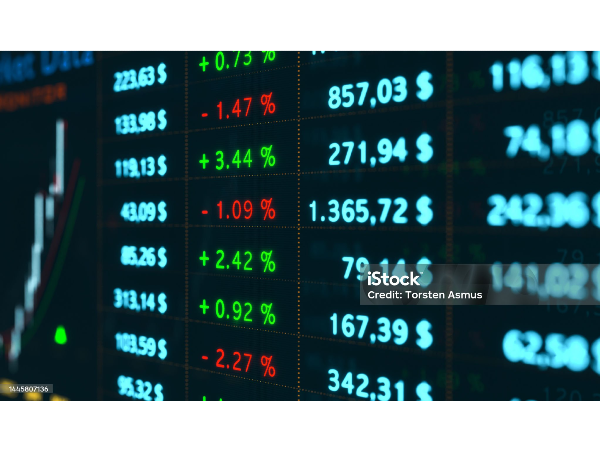


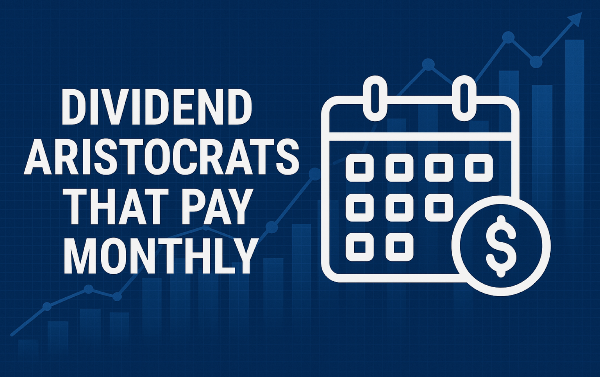
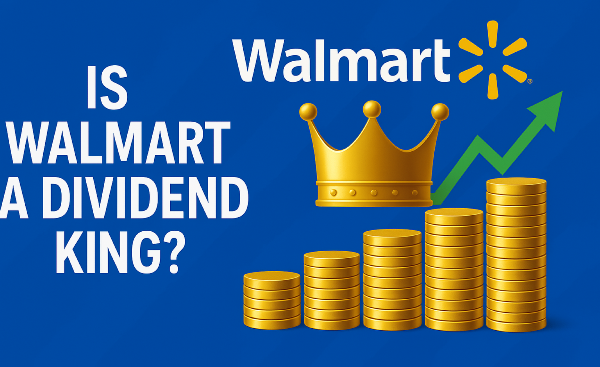


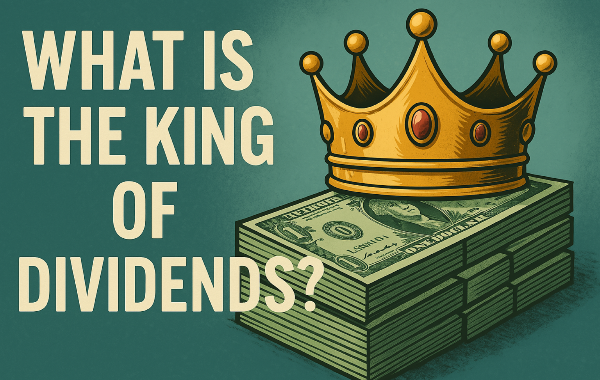
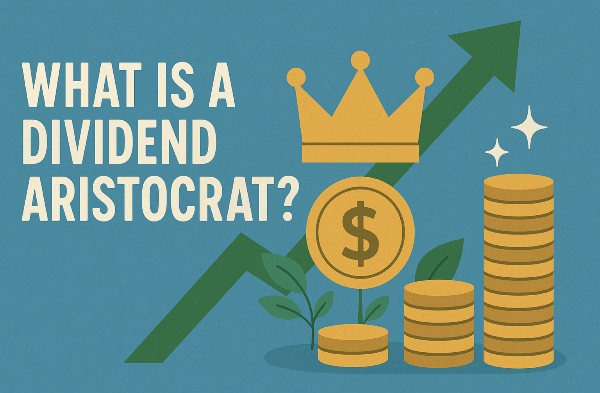
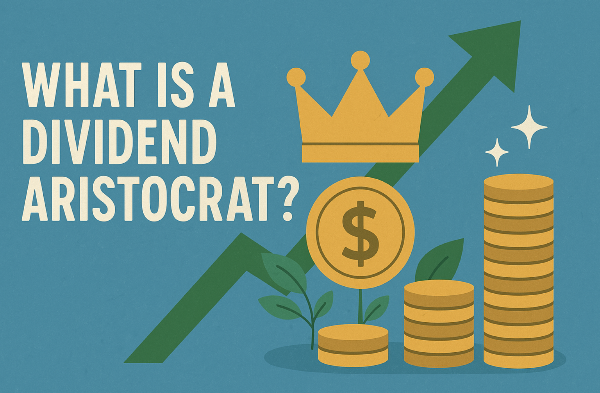

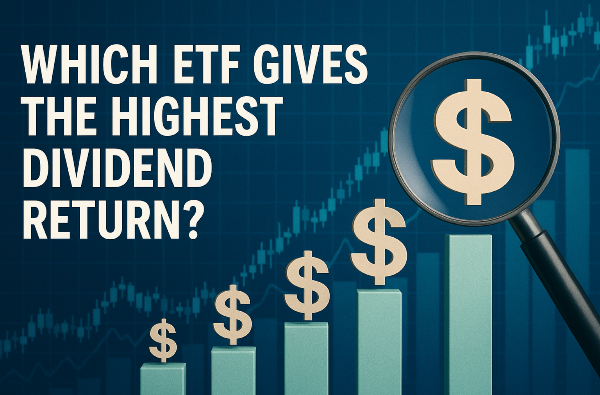









Understanding Market Capitalization Across Leading Industries
Introduction
Market capitalization is a crucial metric in investing, representing the total value of a company’s outstanding shares. It helps investors assess financial stability, growth potential, and sector dominance. Industry-wide market capitalization plays a vital role in portfolio strategies, as different sectors exhibit varying risk levels and return potential. Technology, healthcare, and financial industries consistently rank among the highest in market capitalization, shaping global investment trends. Understanding these dominant sectors allows investors to optimize their portfolios and align with long-term market opportunities.
Technology Industry: Innovation and Market Dominance
The technology industry continues to lead global markets, driven by innovation in artificial intelligence, cloud computing, and semiconductors. Companies like Nvidia NVDA and Microsoft MSFT have achieved significant market capitalizations, reflecting investor confidence in their growth potential. The sector’s expansion is fueled by increasing demand for AI-driven solutions, cloud infrastructure, and semiconductor advancements, positioning technology stocks as key drivers of economic progress. Growth trends in artificial intelligence, cloud computing, and semiconductors are reshaping industries worldwide. Semiconductor manufacturers, including Intel INTC, are investing in next-generation chips to support AI applications and high-performance computing.
Technology stocks significantly influence global markets, shaping economic trends and investor sentiment. The sector’s performance often dictates broader market movements, with leading companies driving innovation and profitability. As AI, cloud computing, and semiconductor advancements continue to evolve, technology stocks remain central to investment strategies.
Sources:
Grand View Research Fortune Business Insights
Healthcare Industry: Stability and Long-Term Growth
The healthcare industry remains one of the most stable and resilient sectors, driven by pharmaceutical giants and biotech leaders shaping medical advancements. Companies like Johnson & Johnson JNJ and Pfizer PFE maintain high market capitalizations due to their strong financials and consistent demand for healthcare products. Biotech firms, including Moderna MRNA, continue to innovate, developing breakthrough treatments that drive industry growth. Market capitalization trends in healthcare innovation highlight the industry's ability to adapt to technological advancements and demographic shifts.
The rise of precision medicine, AI-driven diagnostics, and gene therapy has fueled investment in healthcare stocks. Unlike cyclical industries, healthcare benefits from stable consumer spending, as medical treatments and pharmaceuticals are essential regardless of market conditions. Large-cap healthcare stocks provide reliable returns, while biotech firms offer high-growth opportunities.
Sources:
S&P Global Thomas H. Lee Partners
Financial Industry: Banking, Insurance, and Investment Firms
The financial industry plays a crucial role in market capitalization rankings, encompassing banks, insurance companies, and investment firms that drive economic stability and growth. Large financial institutions, such as JPMorgan Chase JPM and Goldman Sachs GS, maintain significant market capitalizations due to their extensive global operations and diversified revenue streams. Interest rates and economic cycles heavily influence financial stocks, affecting lending, investment strategies, and profitability. When interest rates rise, banks benefit from higher net interest margins, increasing their earnings. Conversely, lower rates encourage borrowing and economic expansion but may compress profit margins for financial institutions. Economic downturns often lead to increased loan defaults, impacting financial sector stability.
Notable large-cap financial companies continue to shape the sector’s market capitalization. Firms like Bank of America BAC and Morgan Stanley MS lead in investment banking, wealth management, and consumer finance. Insurance giants such as Berkshire Hathaway BRK.B and Prudential Financial PRU contribute to sector diversity, offering risk management solutions and long-term financial security.
Sources:
Corporate Finance Institute Investopedia
Consumer Goods and Retail Industry: Market Leaders in Everyday Products
The consumer goods and retail industry is shaped by the balance between consumer staples and discretionary spending. Staples, such as household essentials and food products, maintain steady demand regardless of economic conditions, while discretionary items, including luxury goods and electronics, fluctuate based on consumer confidence. Companies like Procter & Gamble PG and Walmart WMT dominate the staples market, ensuring consistent revenue streams.
Meanwhile, discretionary retailers, such as Amazon AMZN, thrive during periods of economic expansion, benefiting from increased consumer spending. Market capitalization trends in retail and e-commerce giants highlight the industry’s evolving landscape. Traditional brick-and-mortar retailers have adapted to digital transformation, integrating e-commerce strategies to remain competitive. Companies like Target TGT and Costco COST have expanded online operations, leveraging omnichannel approaches to enhance customer engagement.
E-commerce leaders, including Shopify SHOP, continue to disrupt the industry, driving market capitalization growth through digital innovation and global reach. Economic conditions, technological advancements, and shifting demographics impact spending habits, driving demand for personalized shopping experiences. Retailers investing in AI-driven analytics and sustainable product offerings are gaining traction, aligning with evolving consumer expectations.
Sources:
Deloitte EY
Energy Industry: Oil, Gas, and Renewable Investments
Commodity prices play a crucial role in determining market capitalization within the energy industry. Oil and gas companies experience valuation fluctuations based on global supply and demand, geopolitical events, and regulatory policies. Firms like ExxonMobil XOM and Chevron CVX have historically maintained strong market capitalizations due to their extensive reserves and production capabilities. The transition to renewable energy is reshaping the energy industry, impacting market capitalization distribution. As governments implement stricter climate policies and consumers demand cleaner energy solutions, traditional oil and gas companies are diversifying into renewables.
Companies such as NextEra Energy NEE and Brookfield Renewable Partners BEP are leading the shift, investing in wind, solar, and hydroelectric power. Leading companies in traditional and clean energy markets continue to shape the industry’s investment landscape. Oil and gas giants maintain dominance, but renewable energy firms are expanding their influence. Companies like Shell SHEL are integrating sustainable initiatives alongside fossil fuel operations. Meanwhile, Tesla TSLA is driving innovation in clean energy storage and electric mobility.
Sources:
McKinsey Chambers and Partners Oil and Gas Report
Industrial and Manufacturing Industry: Infrastructure and Production Giants
The industrial and manufacturing industry plays a vital role in global economic stability, with major conglomerates driving infrastructure development and production efficiency. Companies like Caterpillar CAT and Honeywell International HON maintain high market capitalizations due to their extensive operations in construction, automation, and engineering solutions. Aerospace and defense firms, including RTX Corporation RTX, also contribute significantly to the industry’s valuation, reflecting strong demand for industrial innovation and large-scale manufacturing.
Disruptions in raw material availability, geopolitical tensions, and trade policies impact manufacturing efficiency and profitability. Companies with diversified supply chains, such as Deere & Company DE, mitigate risks by leveraging multiple sourcing strategies and advanced logistics networks. Notable companies driving industrial industry growth include GE Aerospace GE, Union Pacific UNP, and Eaton Corporation ETN. These firms lead in transportation, electrical equipment, and heavy machinery, shaping infrastructure development worldwide. As technological advancements enhance manufacturing capabilities, industrial stocks remain essential for portfolio diversification and economic expansion.
Sources:
Deloitte S&P Global Mordor Intelligence
Conclusion
Market capitalization plays a key role in identifying the most influential industries in global markets, shaping investment strategies and economic trends. Technology and healthcare continue to dominate due to innovation and resilience, while financial, consumer goods, energy, and industrial sectors contribute to economic stability and growth opportunities. Investors who understand industry-wide capitalization can optimize portfolio allocations, balancing exposure to defensive and high-growth assets. By analyzing market trends and sector dynamics, they can make informed decisions to maximize long-term financial success.
Expert Analysis: How Market Capitalization Defines Industry Strength
Evaluating Industry Dominance for Strategic Investment
Market capitalization is a crucial indicator of industry strength, reflecting investor confidence and economic trends. Technology and healthcare continue to lead due to innovation and stability, while financial and energy industries adjust to macroeconomic shifts. Understanding industry dominance helps investors refine strategies, ensuring balanced exposure to growth sectors and defensive assets for long-term portfolio success.
📌Read More About:
Top Large-Cap Stocks- https://stockbossup.com/pages/topics/large-cap
What Are Large US Cap Stocks?- https://stockbossup.com/pages/post/39045/understanding-large-us-cap-stocks-and-their-market-influence
How Many Large-Cap Stocks Are There- https://stockbossup.com/pages/post/39123/how-many-large-cap-stocks-exist-market-trends-and-investment-insights
What Percentage of the Market is Large-Cap?- https://stockbossup.com/pages/post/39124/what-percentage-of-the-stock-market-is-large-cap-market-breakdown-and-investment-insights
What Sectors Are Represented in Large-Cap?- https://stockbossup.com/pages/post/39155/sector-representation-in-large-cap-stocks-a-comprehensive-breakdown
What Are the Largest Market Cap Sectors?- https://stockbossup.com/pages/post/39159/largest-market-cap-sectors-key-industries-driving-global-investment